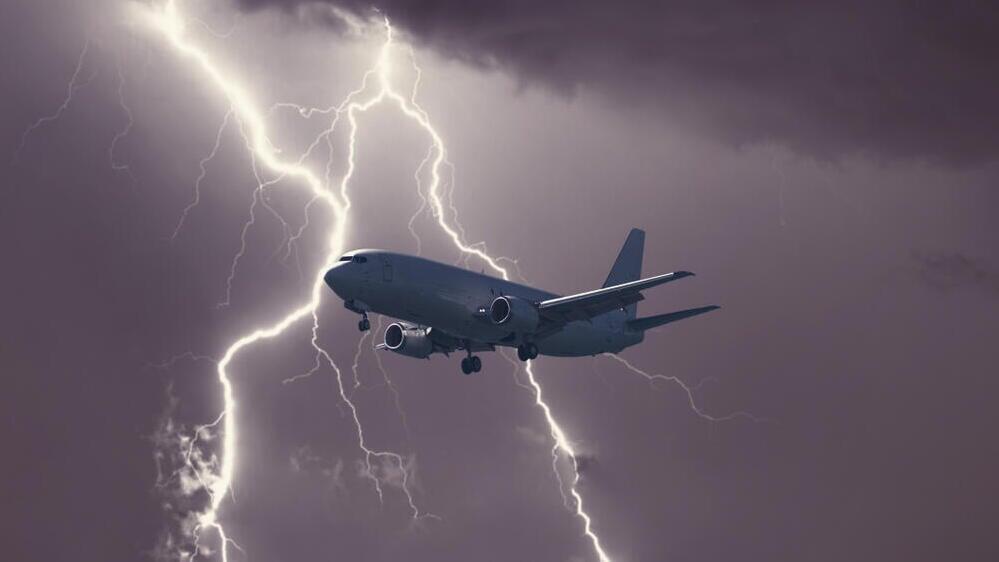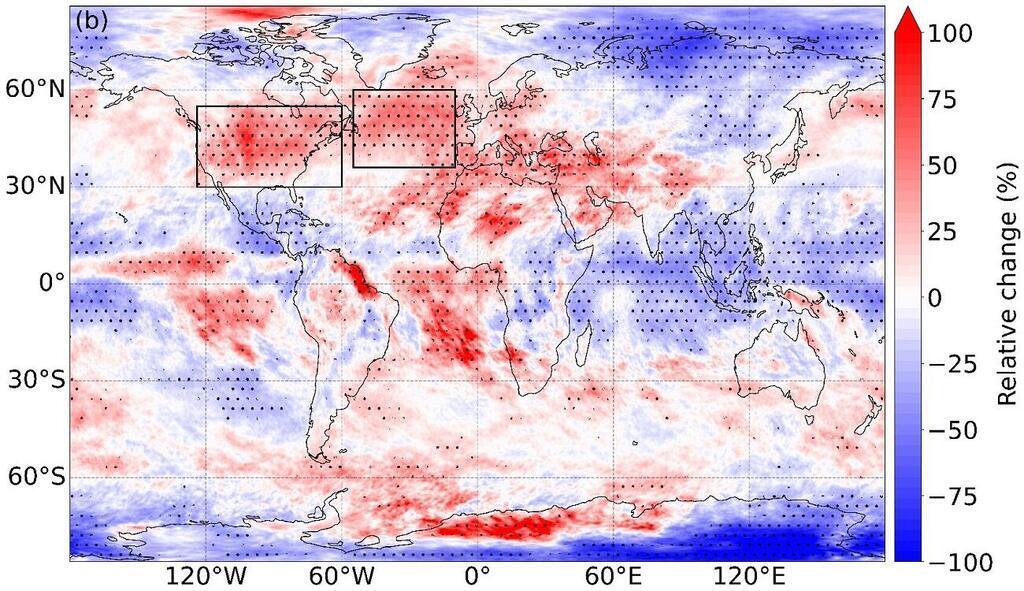Getting your Trinity Audio player ready...
Captain Itzhak Garber on air turbulence
El Al Captain Itzhak Garber on Wednesday said that despite the increase in air turbulence attributed to climate change, planes are strong enough to withstand them and pilots are able to navigate through them. "My advice to passengers is to follow cabin crew instructions and adhere to the fasten seatbelt signs and you will be ok."
More stories:
2 View gallery


Air turbulence is expected to increase as the climate continues to change
(Photo: Shutterstock)
Garber who has over 30 years of experience as a commercial pilot said that ahead of flights, pilots study their meteorological maps to learn of potential turbulence on their flight paths, track them on radar but also warn each other when they encounter such events giving other pilots a heads up.
He said pilots know how to handle such situations to navigate their planes through them safely.
"There are a few things that we can do. Sometimes we lower the airspeed or increase our airspeed or change our level. We cannot do this all the time because sometimes there is another aircraft there or we are too heavy to climb but most of the time we can change it and after a few minutes, one way or another we can proceed on our way.
Garber says turbulence usually happens when there are heavy clouds. "We try to avoid them but sometimes we fly into the clouds if it is allowed and then we can feel the turbulence," he said making clear that there is no danger to the plane or its passengers.
A new study conducted by the UK's Reading University showed that turbulent flow, also known as eddy flow, which is responsible for air turbulence, has been on the rise and is expected to increase as the climate continues to change.
The study warned that such a phenomenon can ultimately pose a danger to planes. “Every additional minute of flight through turbulent air can increase stress on the aircraft, as well as the risk of injuries to passengers and crew," said Mark Prosser, a doctoral student at Reading University.





